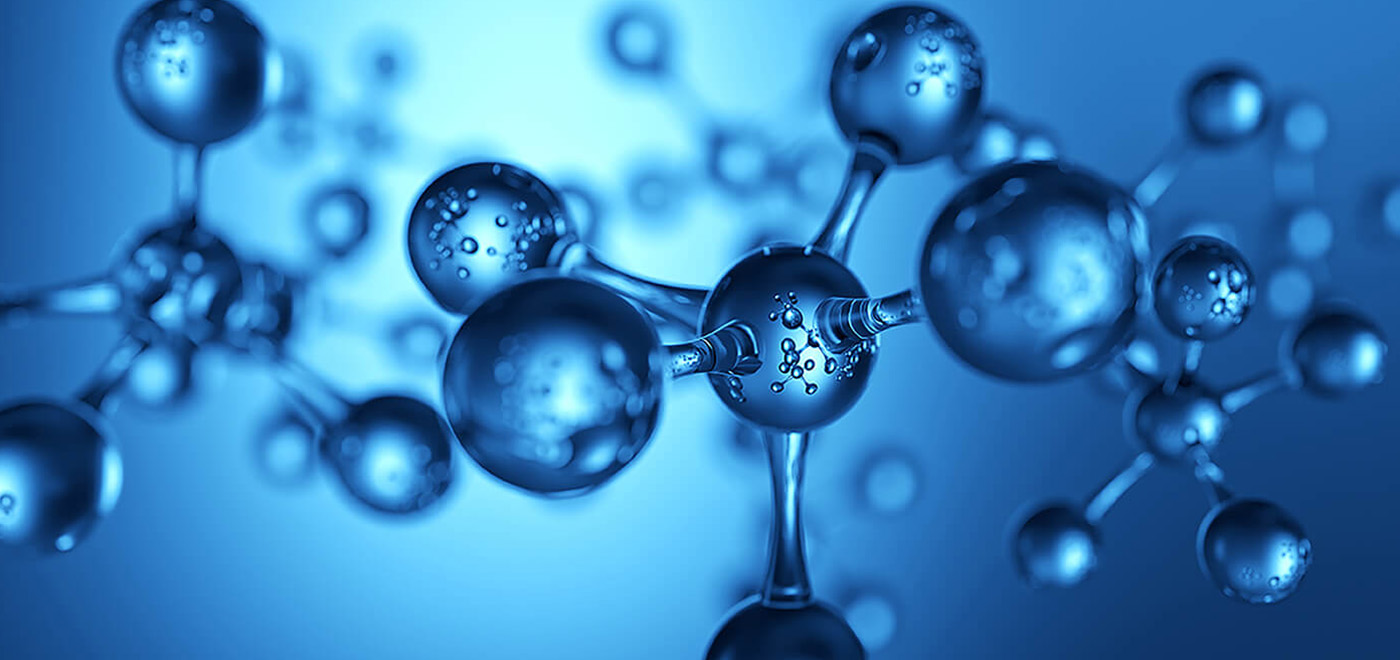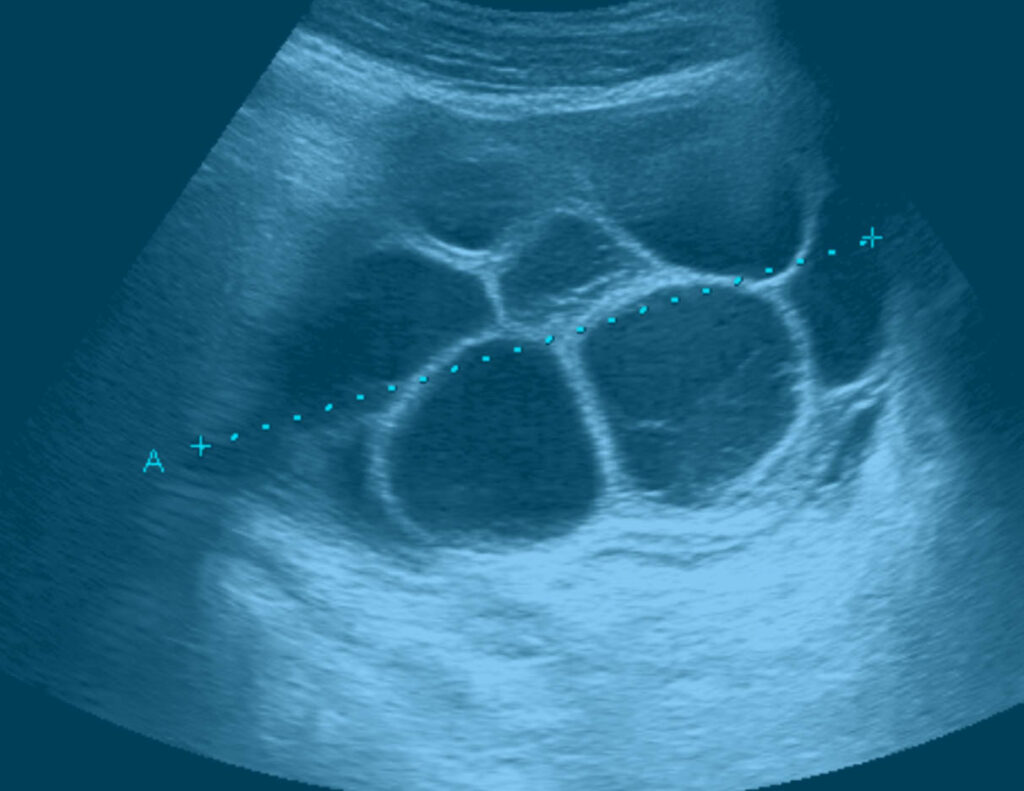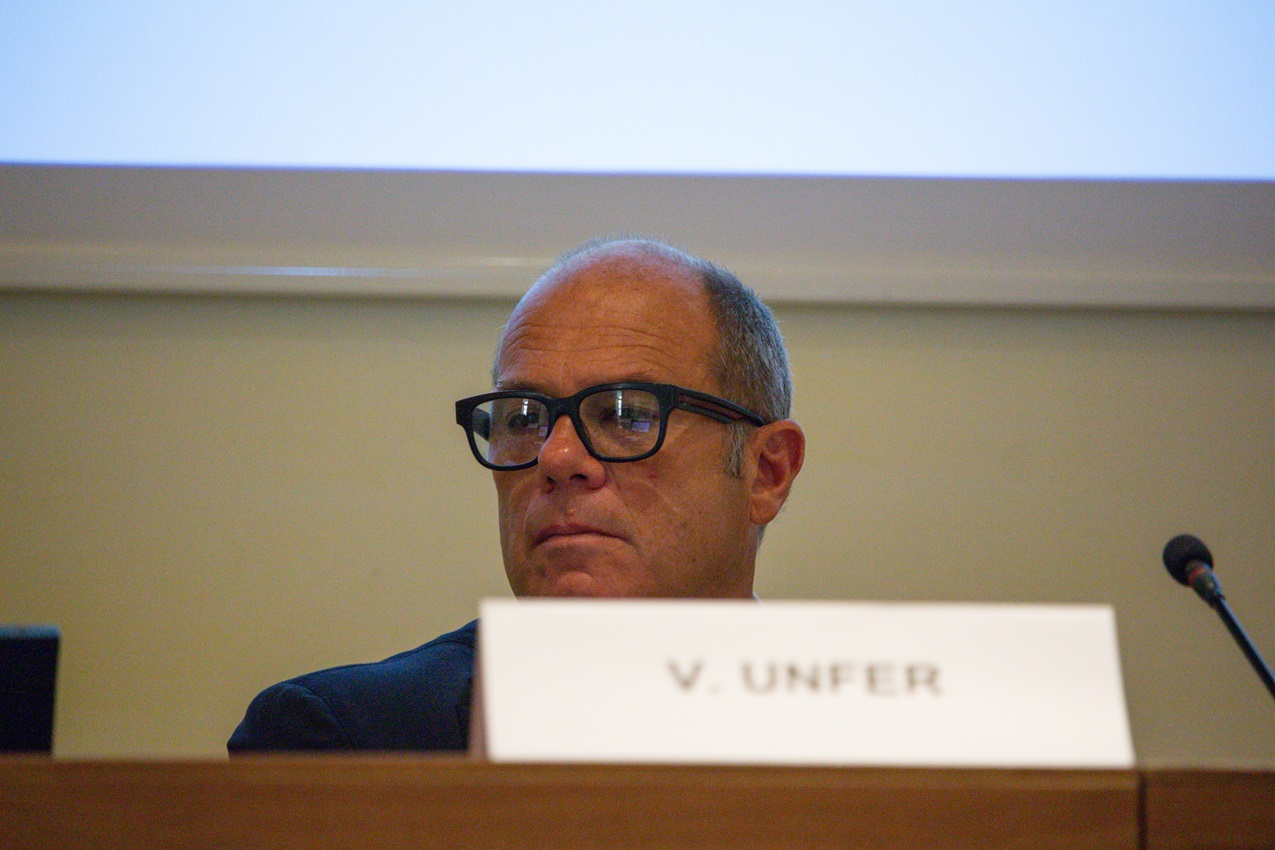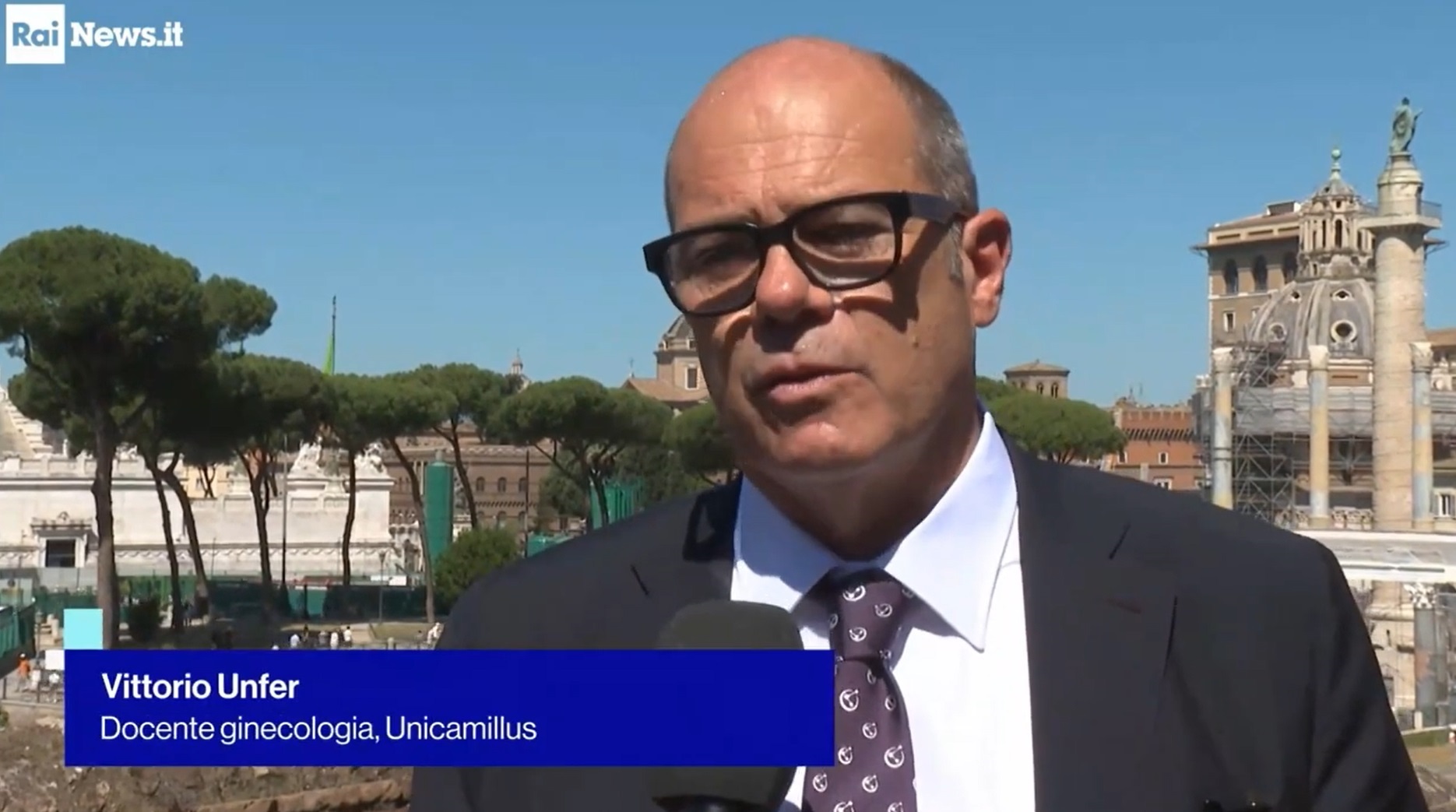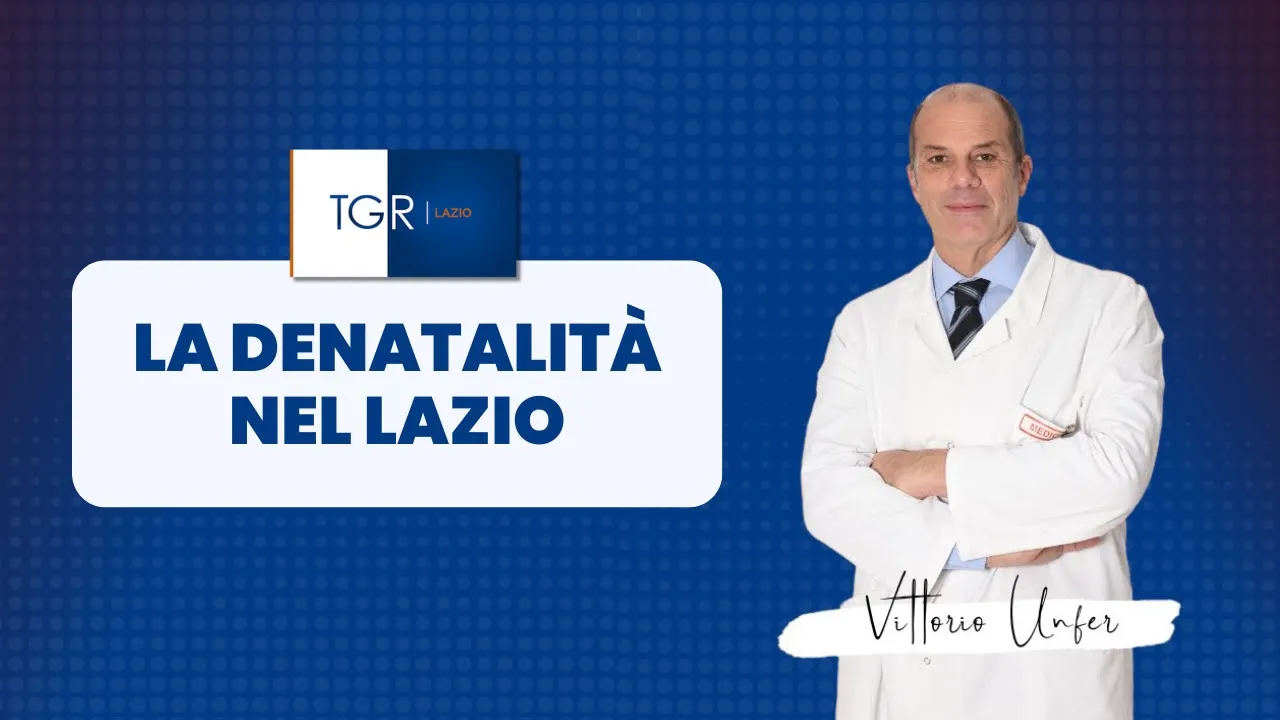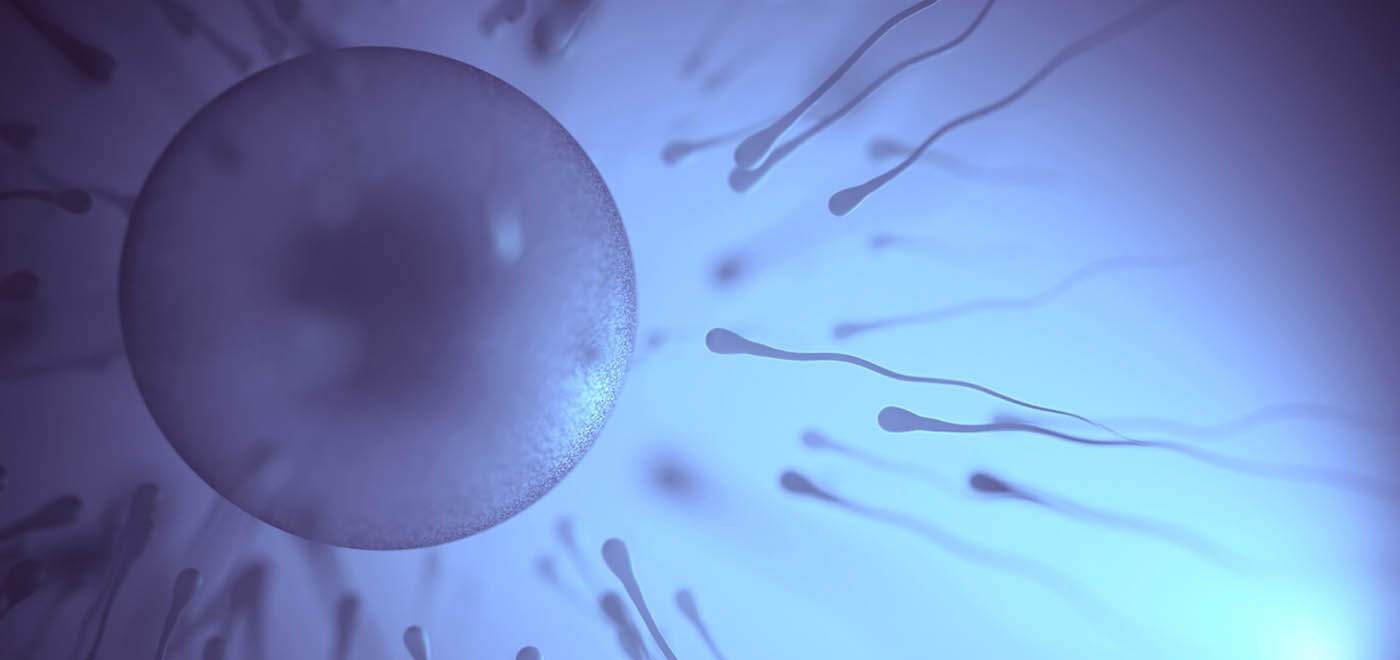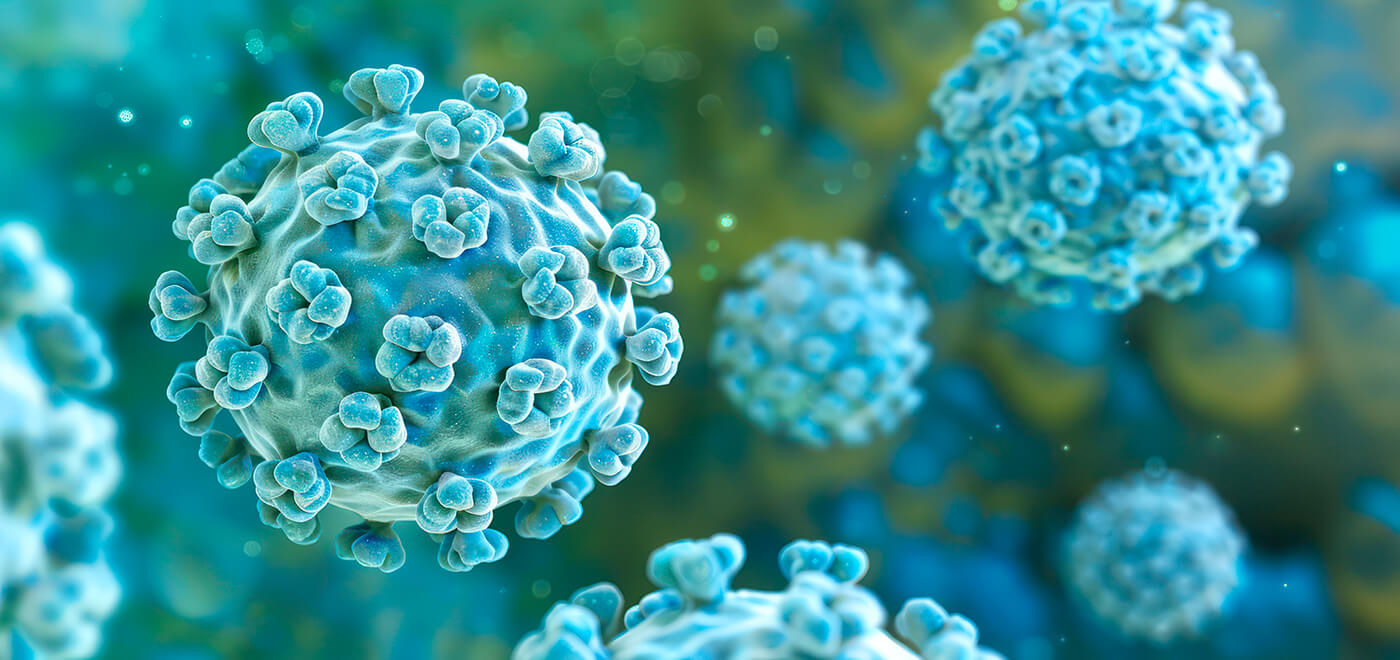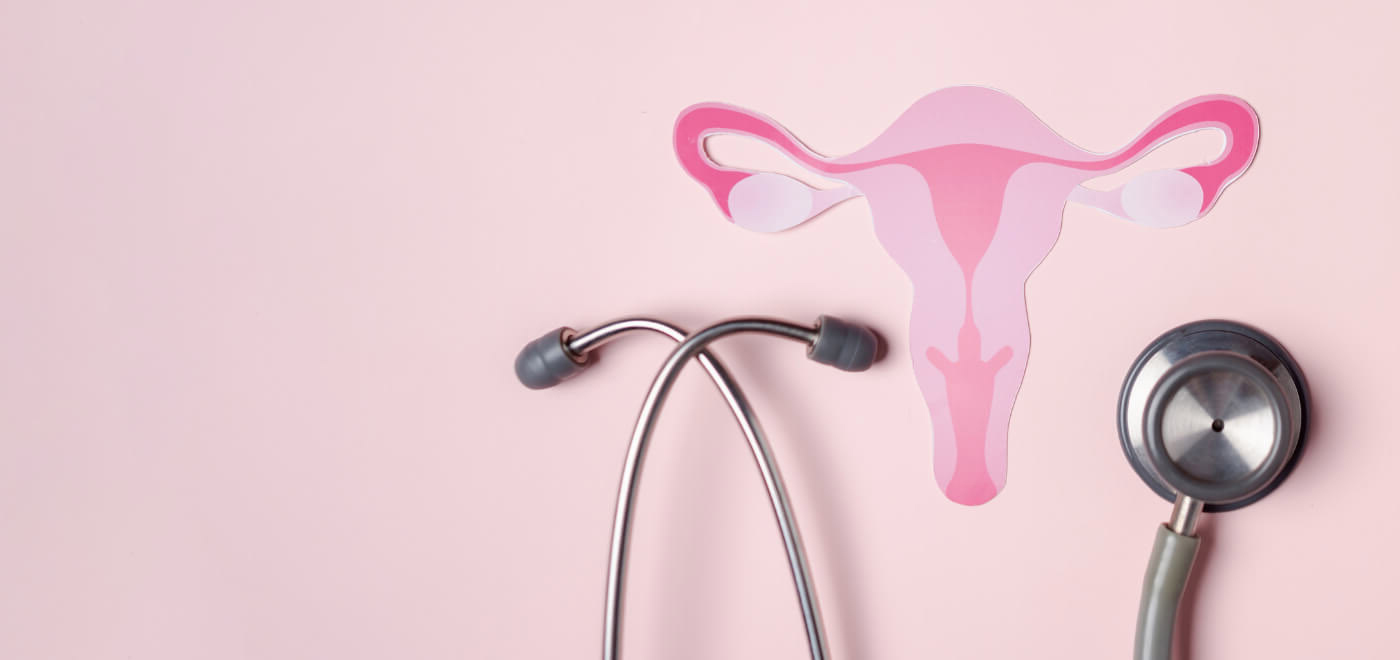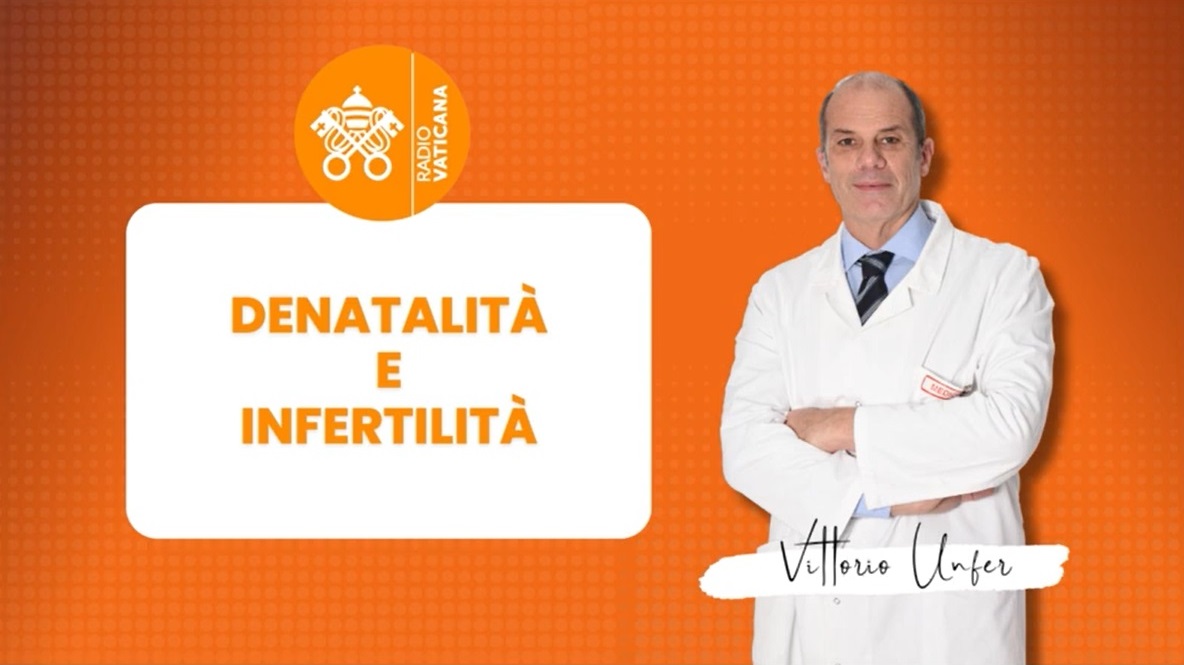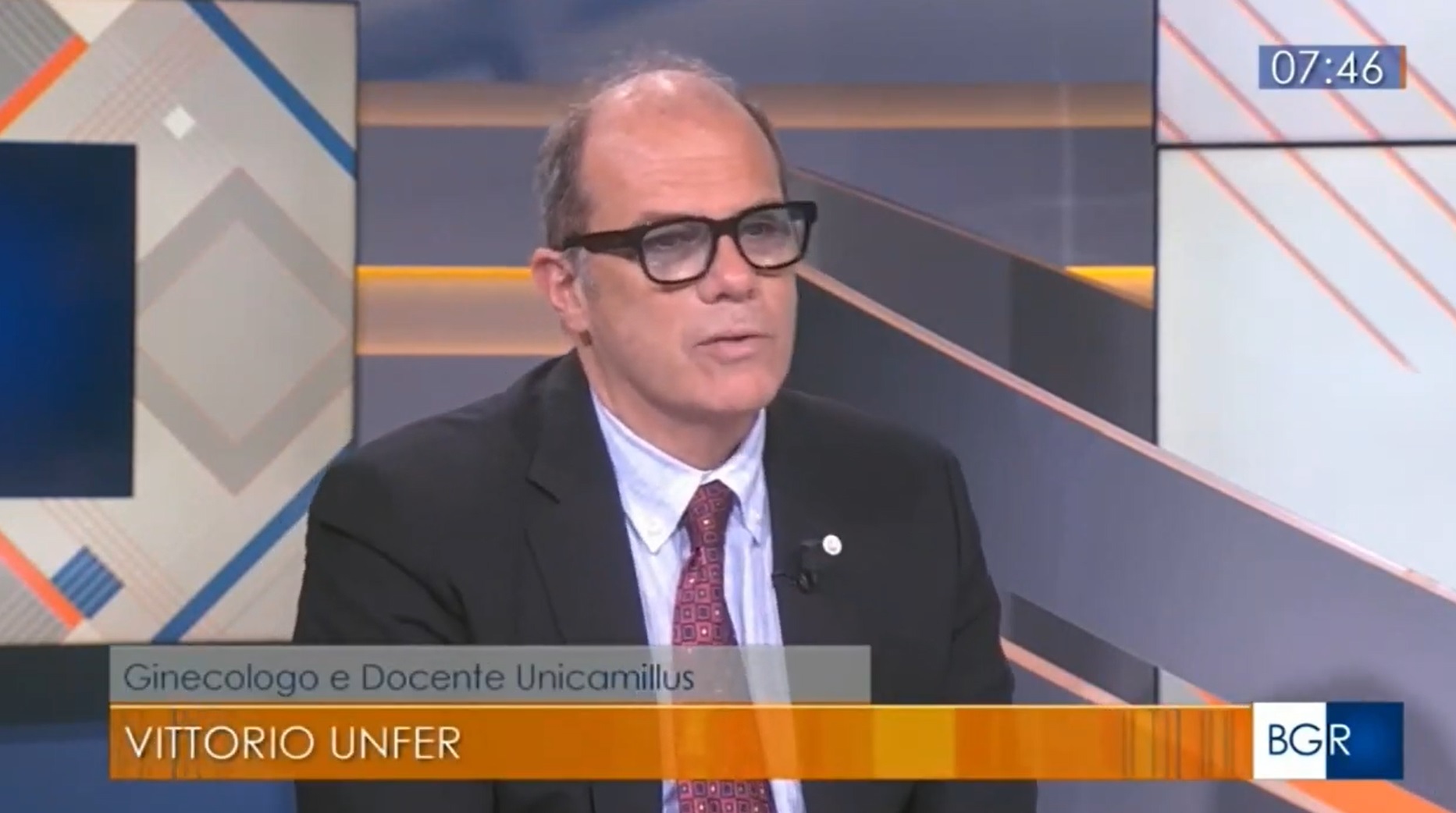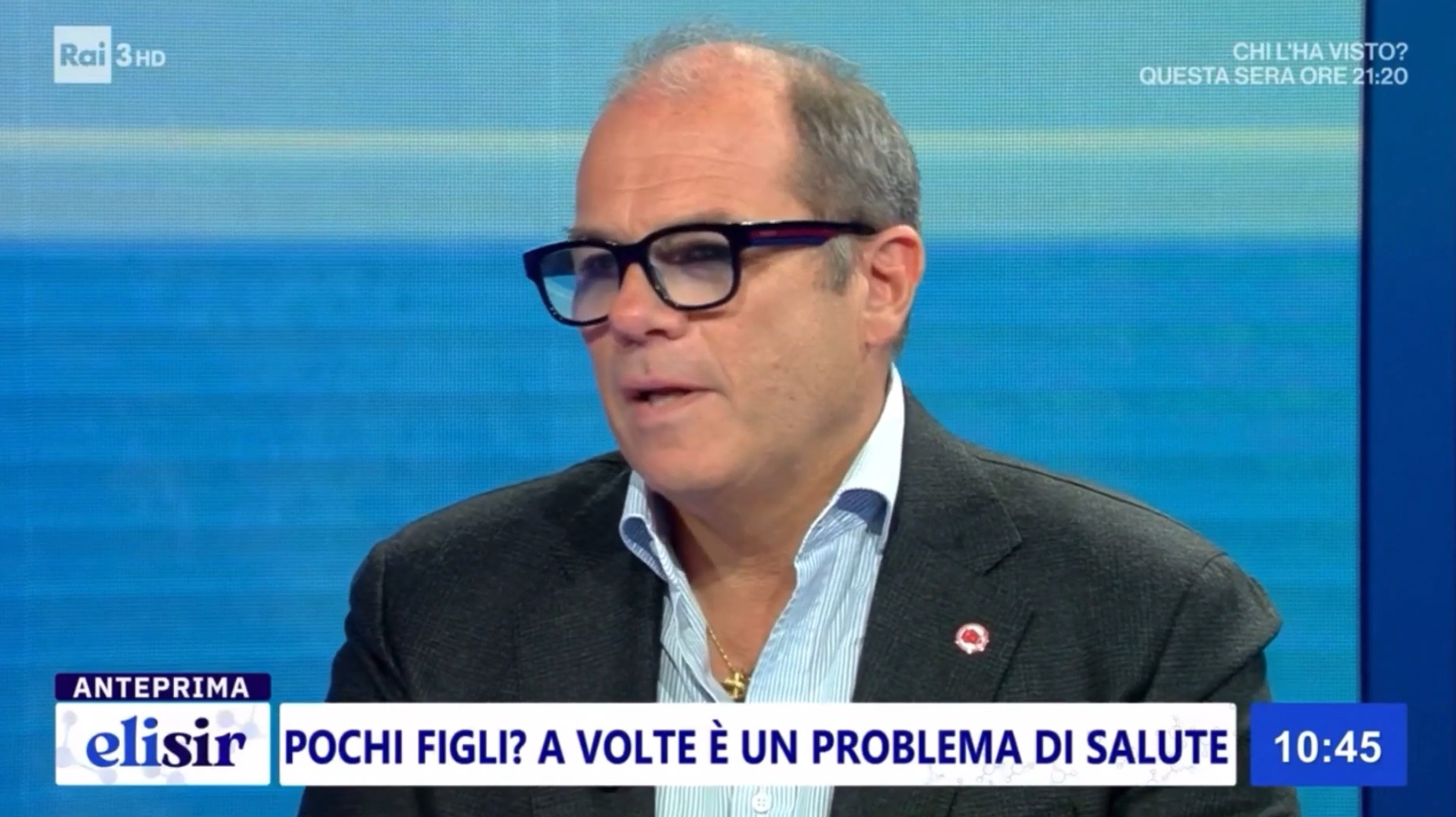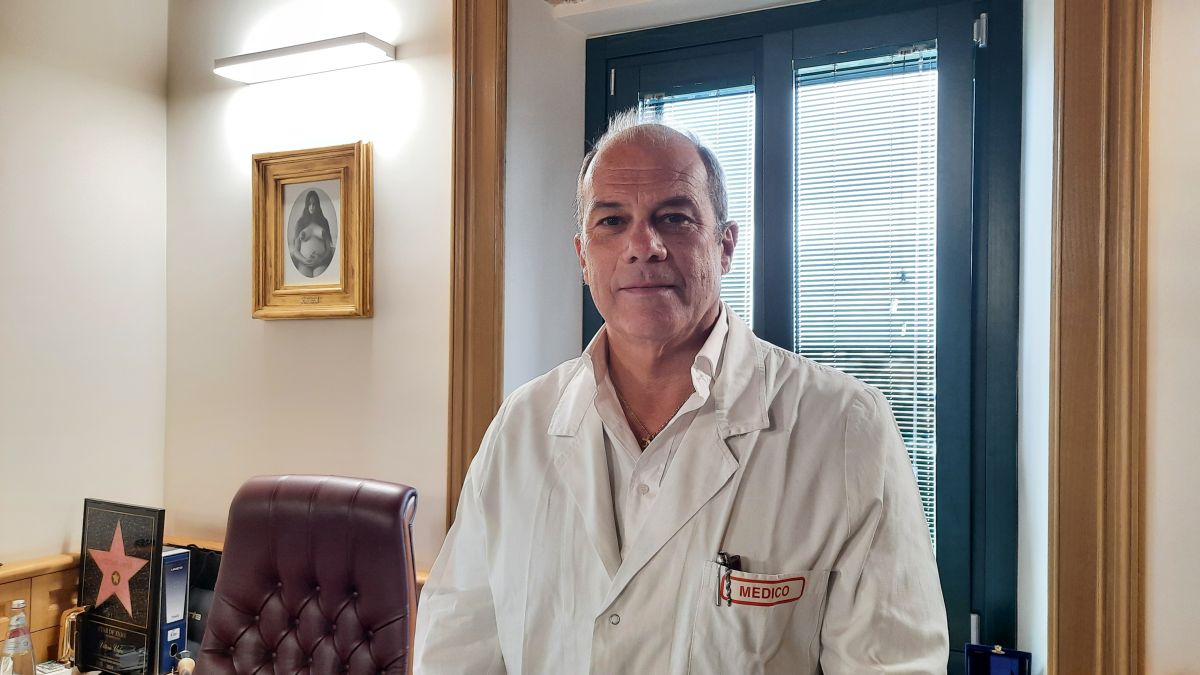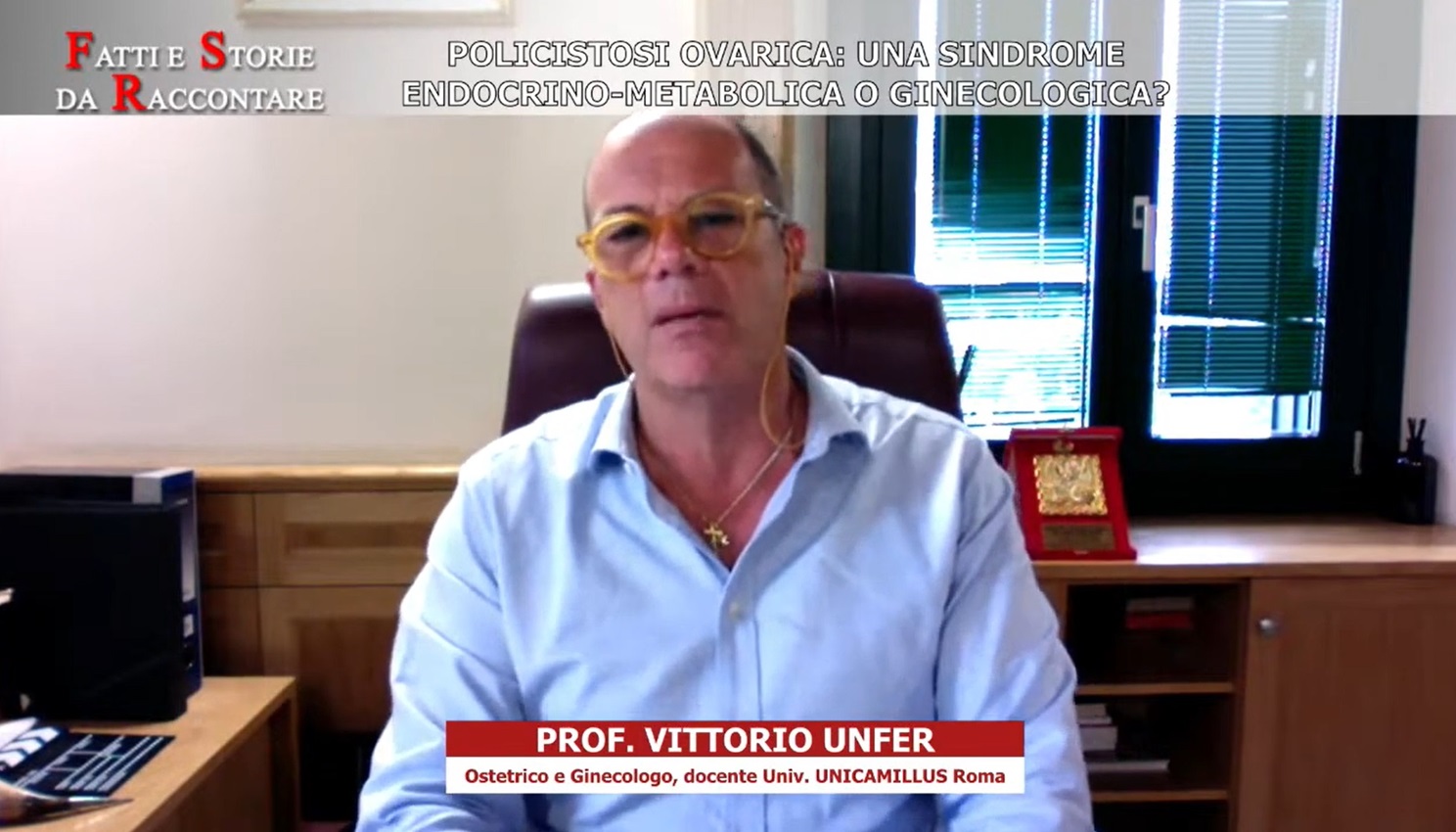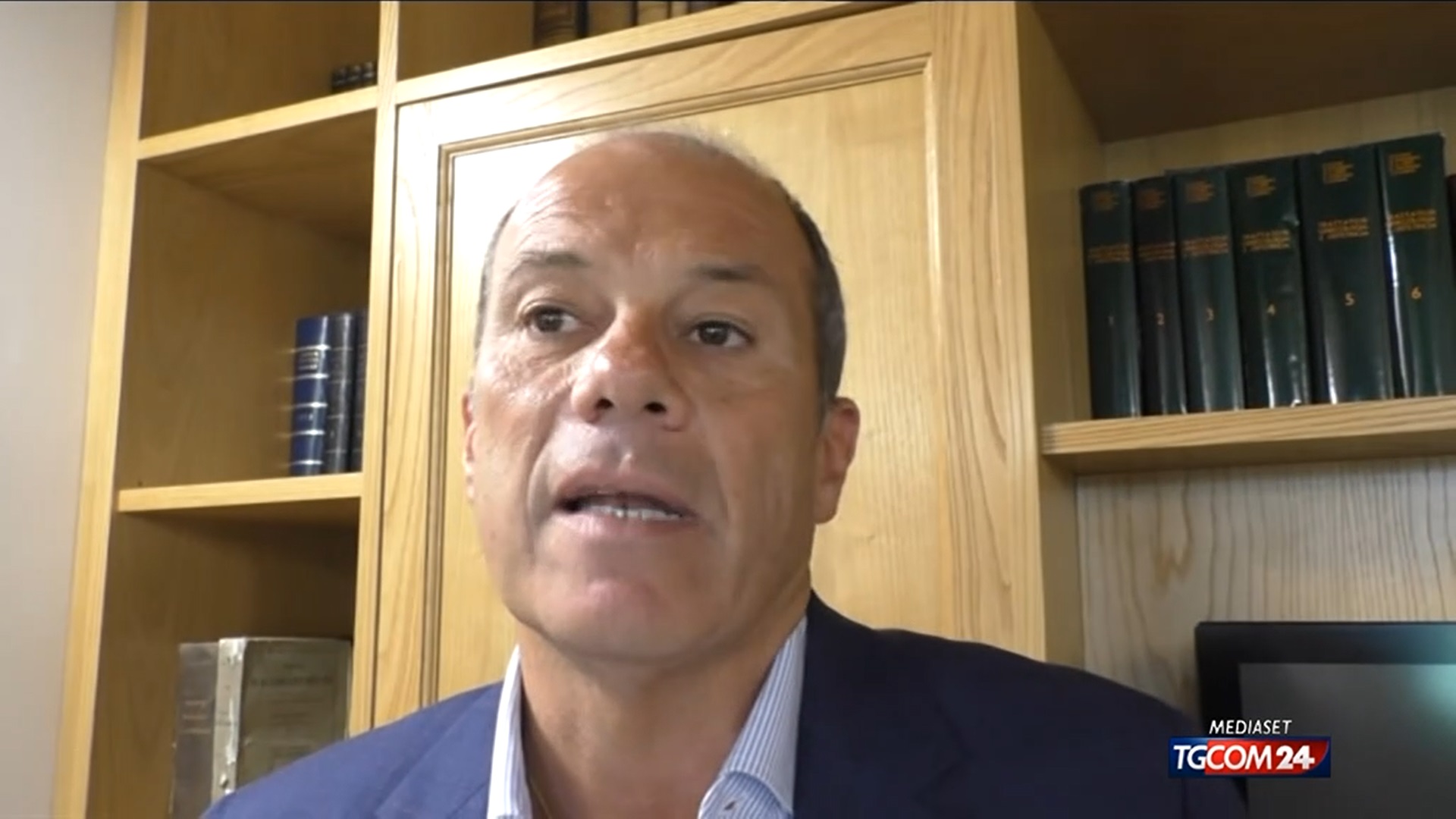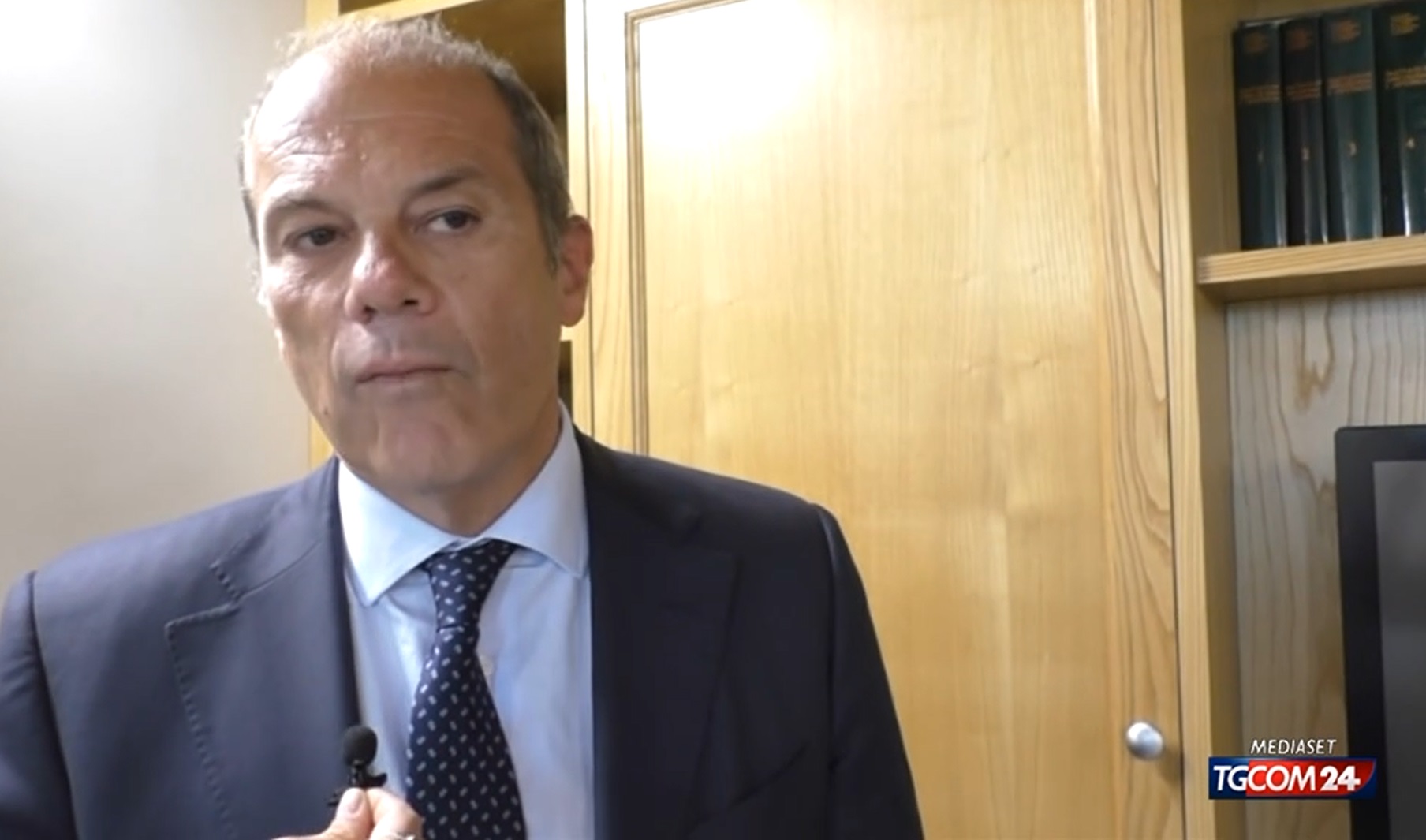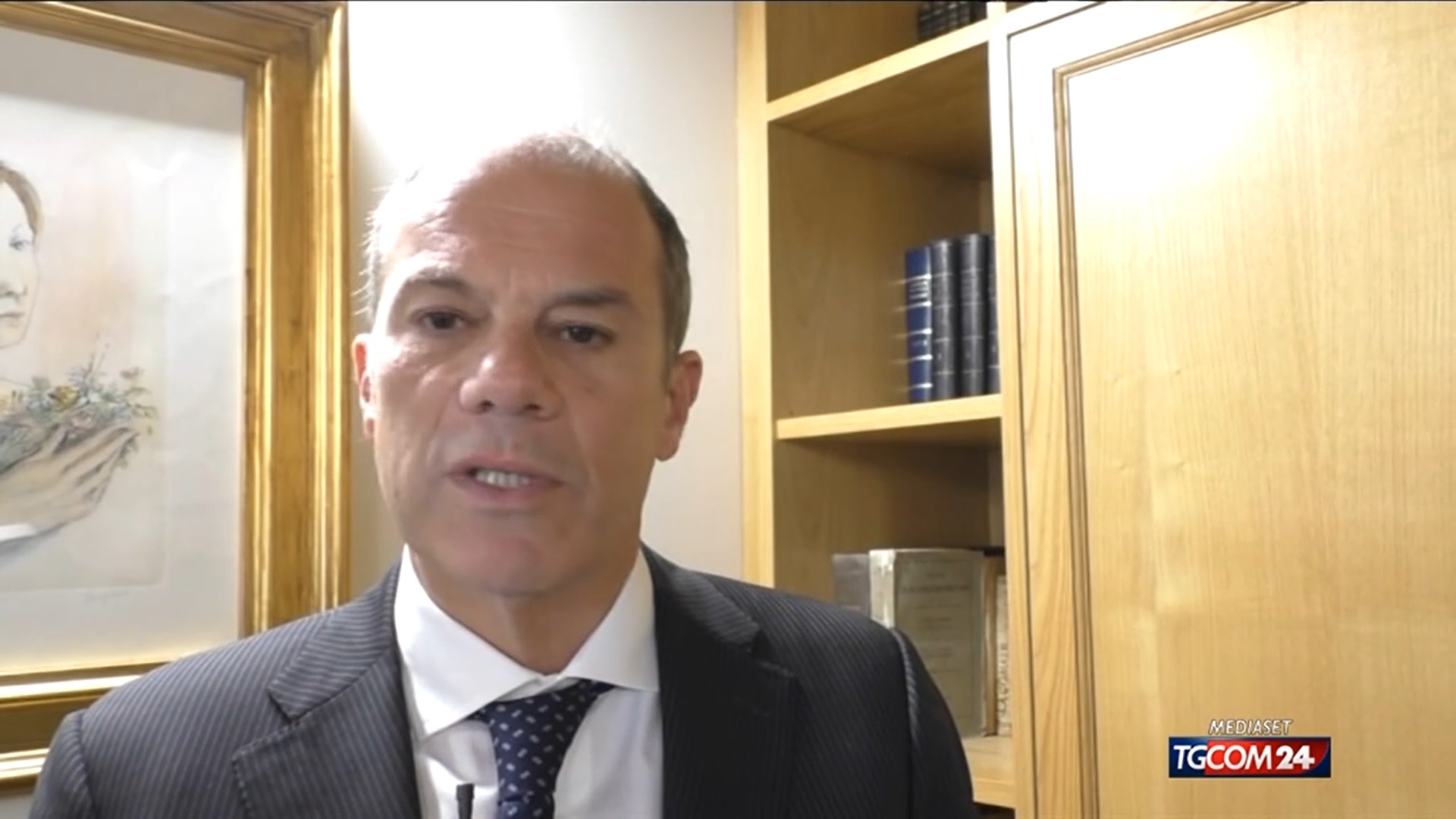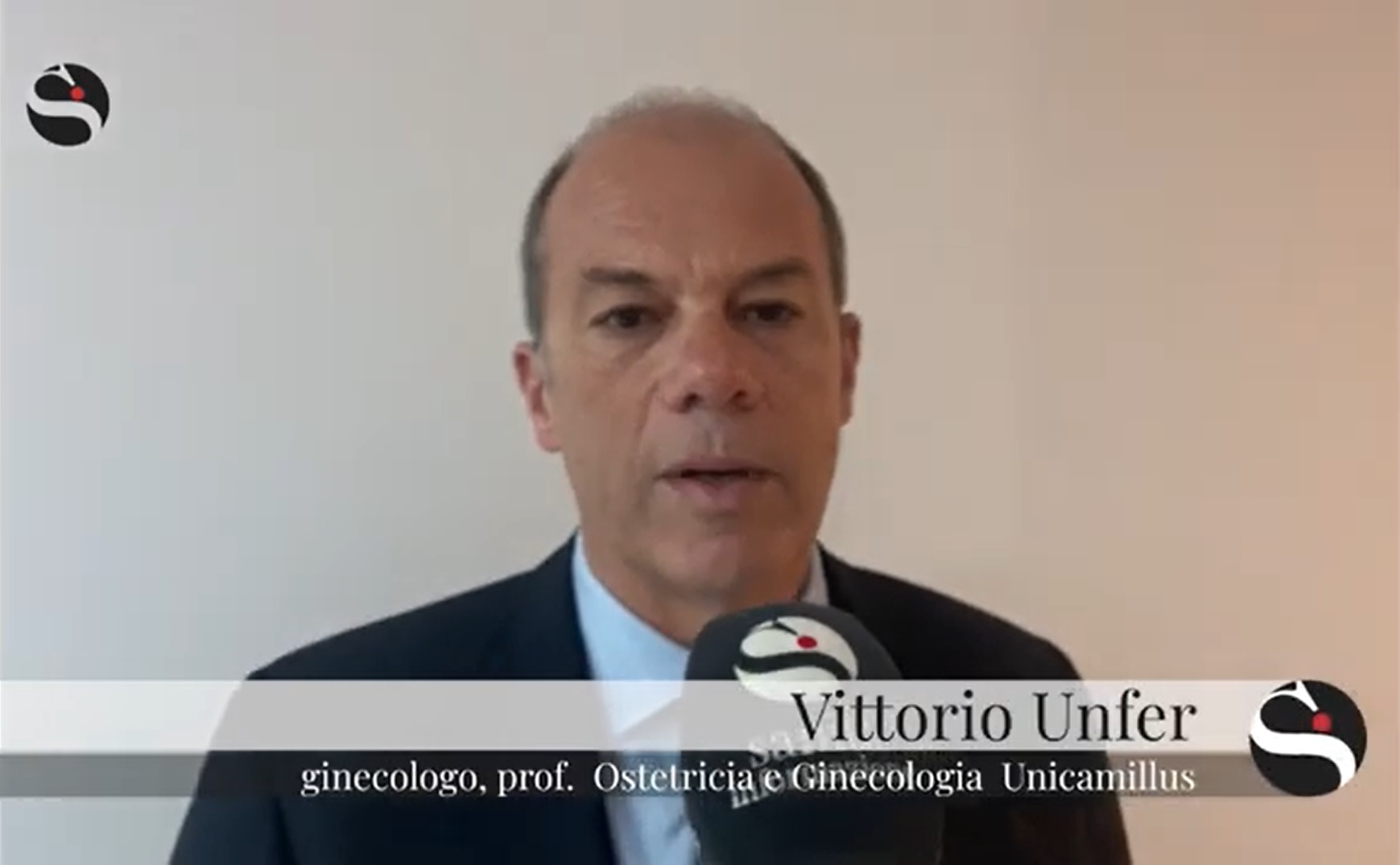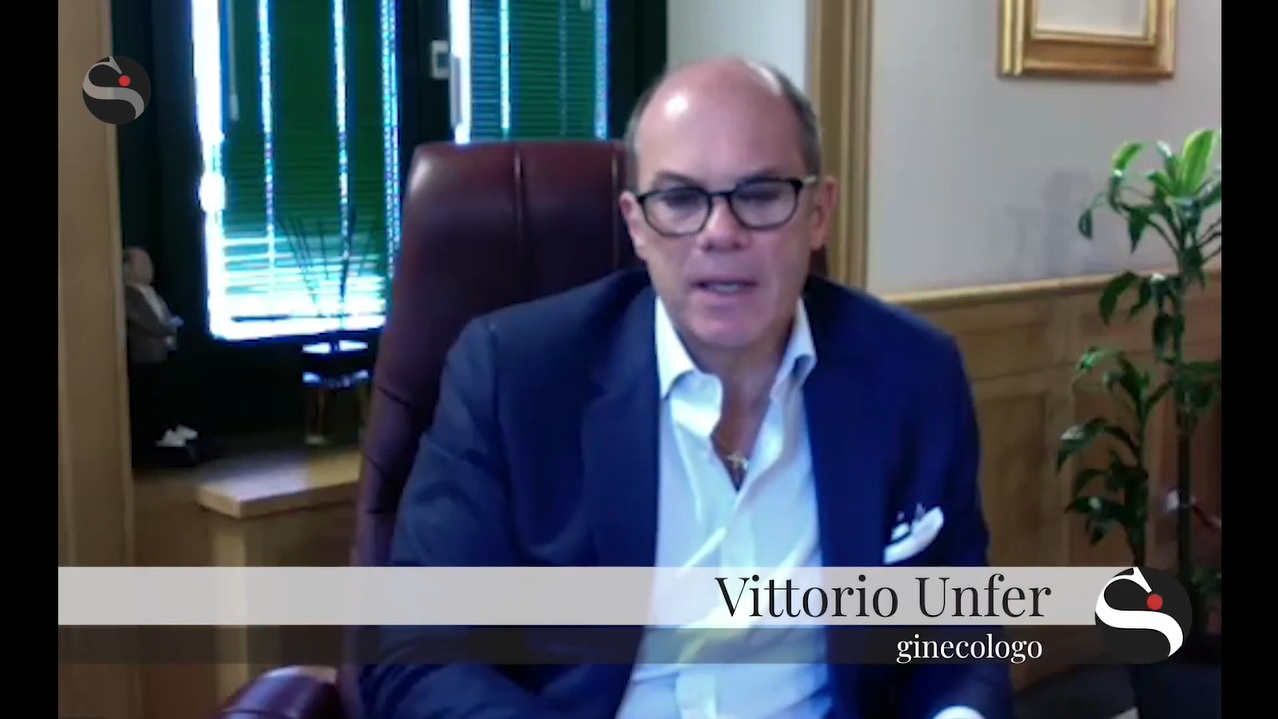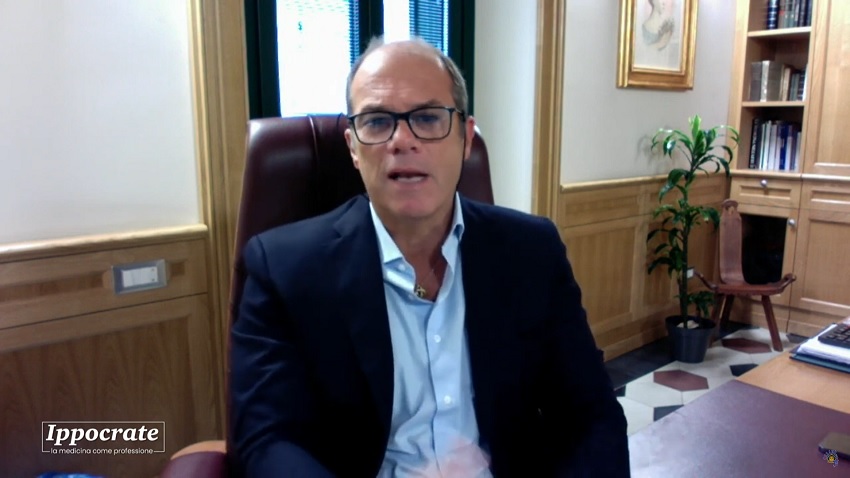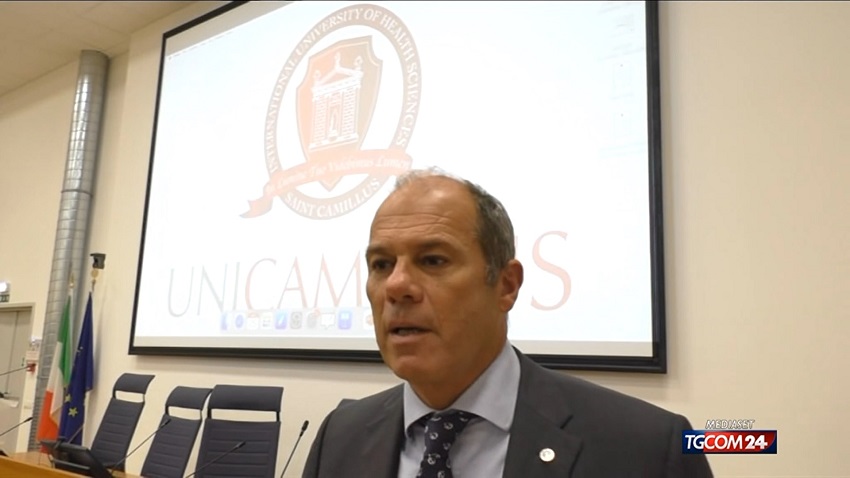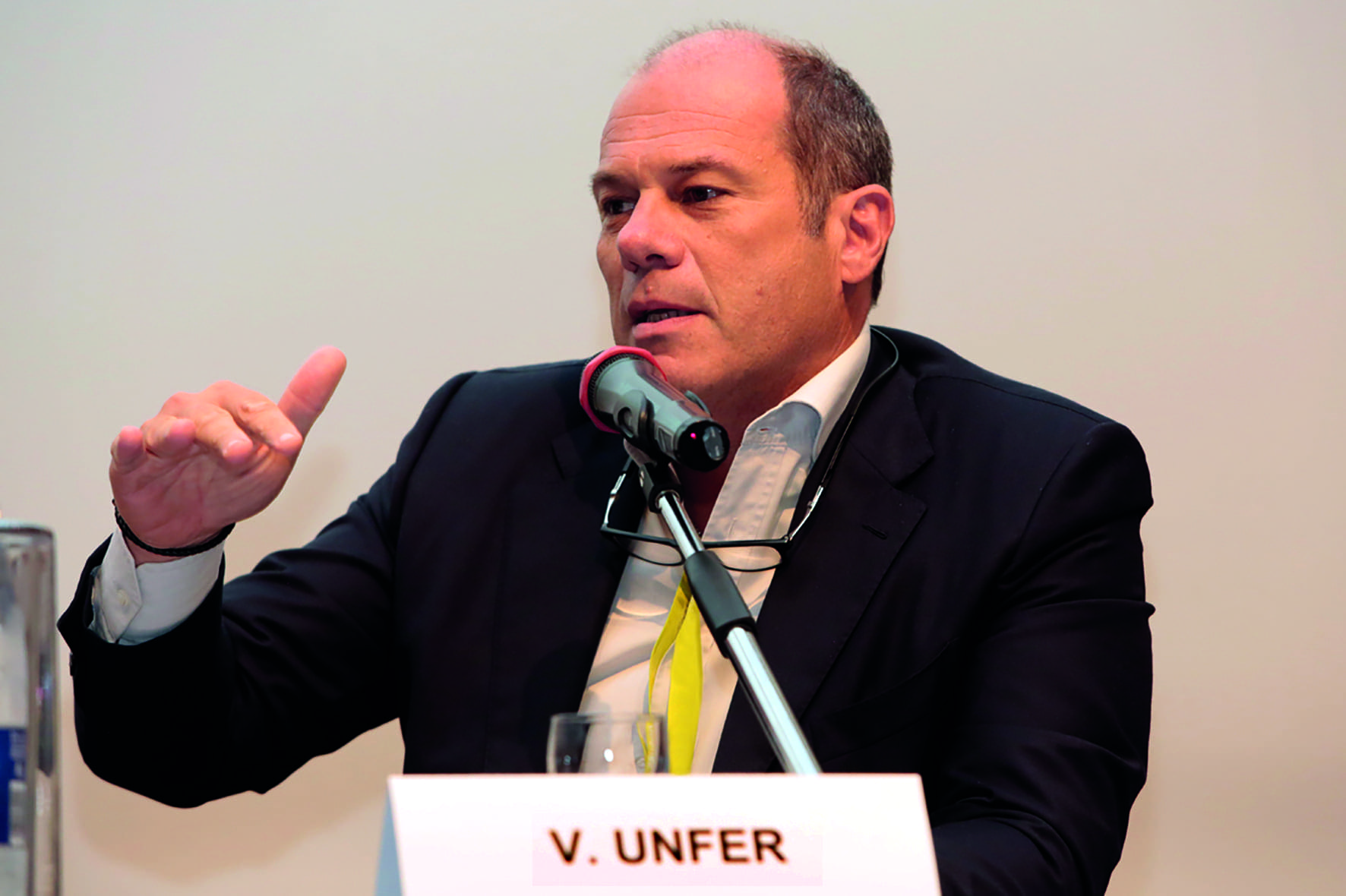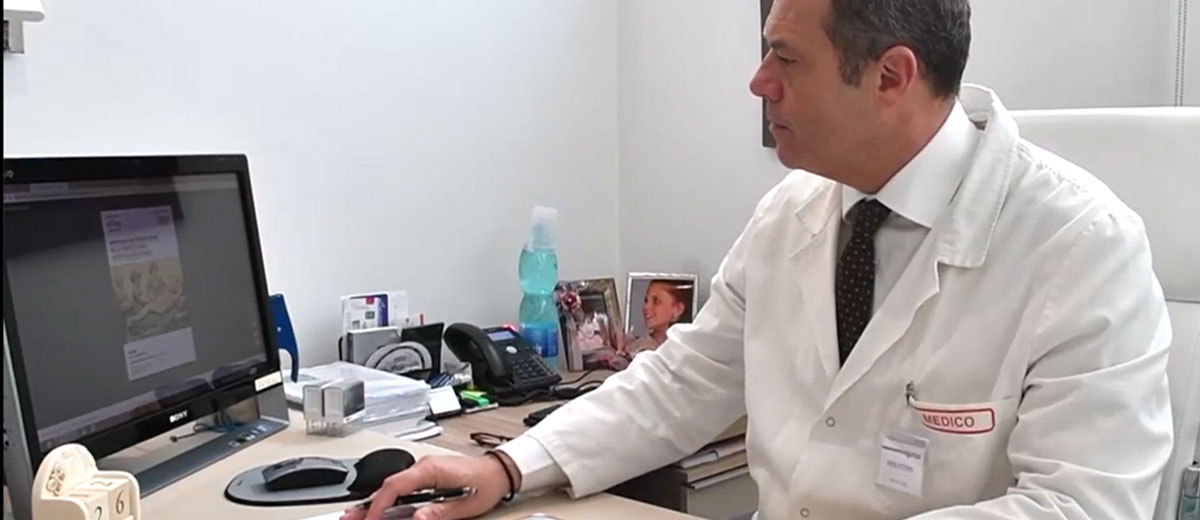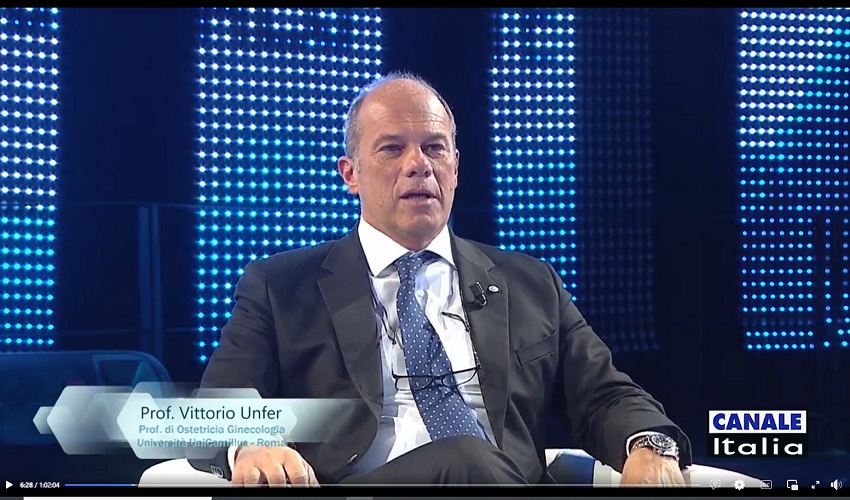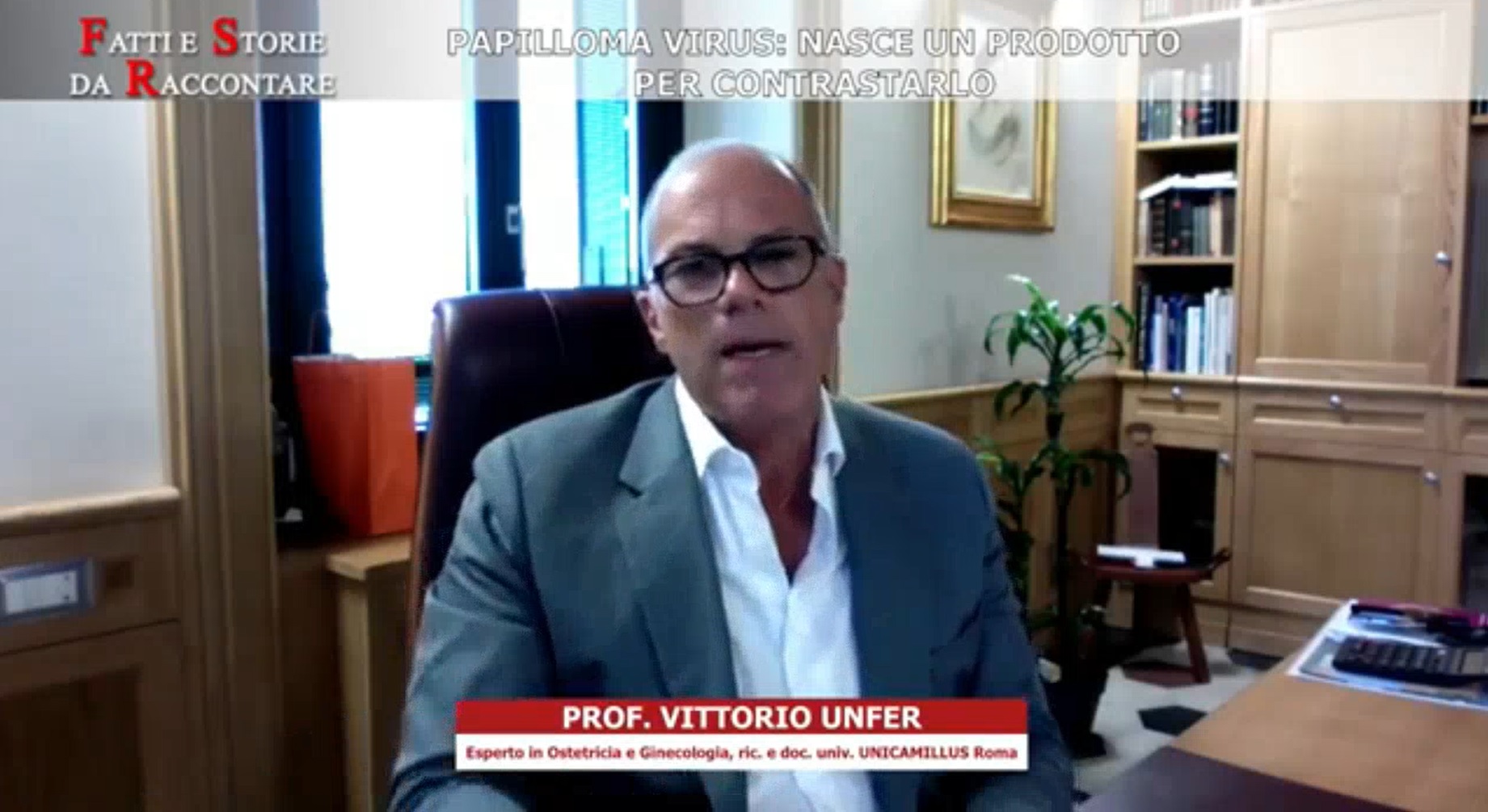In polycystic ovary syndrome (PCOS) pathogenesis, both the insulin resistance and the related compensatory hyperinsulinemia are involved. Despite their similarities, Myo-inositol (MI) and D-chiro-inositol (DCI) play different roles in PCOS etiology and therapy. Indeed, in tissue such as the liver both molecules are involved in the insulin signaling, i.e. MI promotes glucose uptake and DCI glycogen synthesis. In reproductive tissue such as the ovary, MI regulates glucose uptake and follicle stimulating hormone (FSH) signaling, whereas DCI is devoted to the insulinmediated androgen production. The new hypothesis on ‘‘DCI paradox’’ in the ovary has provided the key for a better understanding. Unlike other tissues, ovary is not insulin resistant, indeed because the epimerase enzyme, which converts MI to DCI, is insulin dependent, the ‘‘DCI paradox’’ hypothesis suggests that in the ovary of PCOS women, an increased epimerase activity leads to a DCI overproduction and MI depletion. This imbalance could be the cause of the poor oocyte quality and the impairment in the FSH signaling. Owing to this situation, the focal point is the administration of both MI and DCI in a proper ratio for treating PCOS. This topic, with several other ‘‘hot’’ issues, was the driving thread in the discussion between the two scientists.


